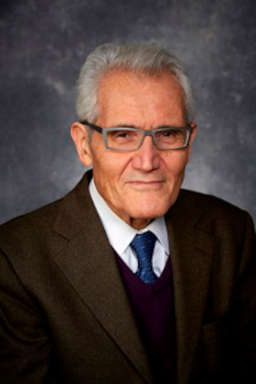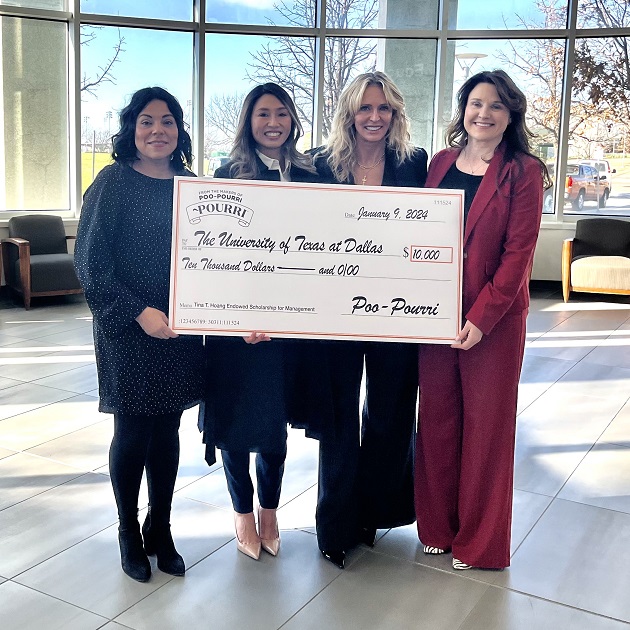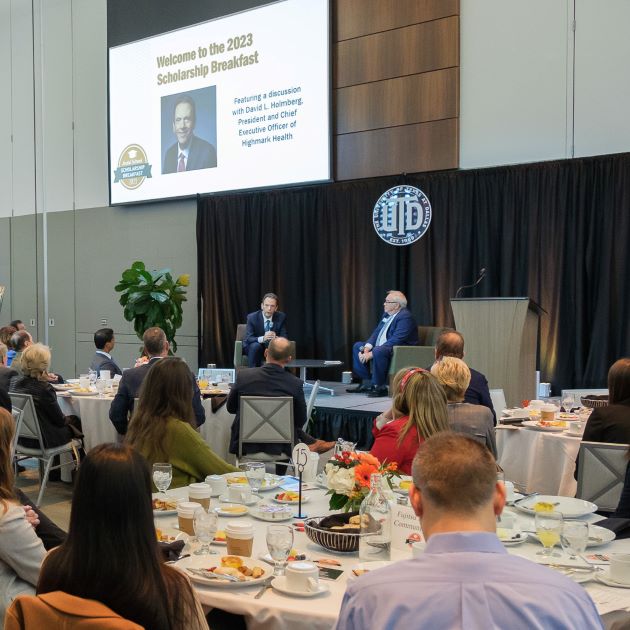Working on the highest levels of theoretical business research does not have to be a solitary, “ivory tower” pursuit. Rather, researchers can — and should — engage with industry to help them solve their thorniest problems.

So said Dr. Özalp Özer, an Ashbel Smith Professor in the Operations Management academic area. Three papers he wrote recently will be published in forthcoming issues of Management Science, a peer-reviewed academic journal that focuses on management research. He said his output is prolific because of, not despite, his involvement with industry.
“I think part of it is the accumulation of years of research,” he said. “It’s all coming together now in a really interesting way.”
Having worked with companies such as Neiman Marcus, IBM, Hitachi and with healthcare industry providers such as University Hospitals, Özer has focused on various business areas in management, from marketing to operations to looking at behavioral issues and how people make decisions. He believes he has gained a perspective that allows him to take a broader view than if he had focused on a single research area.
“Over the years and with accumulated projects, I have found that there are some really fun things that lie on the boundaries,” he said. “Ideas start coming up, and working with industry definitely is helping me identify what’s really exciting.”
Özer said that some academics at research universities are reluctant to engage with business because they often find themselves facing the horns of a dilemma. Do they work at a breakneck pace well-suited for business but not conducive to exploring problems in depth? Do they delve deeply and risk upsetting deadline-oriented business partners? Or worse, do they avoid engaging with business and risk becoming irrelevant?
Özer has found a way around those horns. He engages with businesses and uses their immediate problems as a starting point for his research areas of interest.
“I might have different tool sets than business executives do to solve these problems,” he said. “Some could be deep in theory, while some could be coming from across disciplines. I can pull back a little bit, be an objective observer and show my business partners that there is a path forward here that they never even saw.”
He acknowledged that pointing businesses toward theoretical solutions they might not have ever thought of can be tricky. A recent example was “Why Markdown as a Pricing Modality?” Özer worked with Dr. Elodie Adida Goodman, an associate professor of operations and supply chain management at the University of California Riverside School of Business. Their goal was to convince J.C. Penney Co. that offering markdown pricing is better than having everyday low prices.
“You’re trying to convince them to take a leap of faith and come along with you,” he said. “That’s not always easy to do.”
In another study, Özer hit on a solution for a problem currently in the news, dealing with the ebb and flow of consumer demand and the implications for the supply chain.

In “A Strategic Approach to Vendor Managed Inventory,” he and fellow Jindal School researchers Dr. Bharadwaj Kadiyala and Dr. Alain Bensoussan help suppliers such as Hitachi Global Storage Technologies (now Western Digital), a hard-disk drive manufacturer, and computer manufacturers such as Apple synchronize their supply chain.
In this strategic approach, Hitachi would keep and manage the hard-disk drive inventory while Apple could establish credible communications channels regarding consumer demand. This would form a bond of trust by keeping Hitachi in the loop about potential new business in upcoming months and years.
“Value-chain mishaps — to varying degrees — seem to be a chronic problem for Apple,” Özer said. “Companies are better off studying how to establish credible channels of communication leading to higher levels of trust and trustworthiness. Our research identifies mechanisms for such effective relationships.”
In “Supply Chain Contracts That Prevent Information Leakage,” he worked with the University of Cincinnati’s Dr. Yiwei Chen to show vendors such as Intel, a leading semiconductor manufacturer, various ways to maintain contracts with multiple manufactures while preventing information leaks that could give one or more of the manufacturers an unfair advantage over the others.
“At the end of the day, such collaborations between industry and academics help us solve relevant and important problems that have a positive effect on everyone, including consumers,” Özer said. “A broader impact is lower prices and timely and better products and services. Even a particularly intractable problem such as spiraling healthcare costs can be better contained.”





